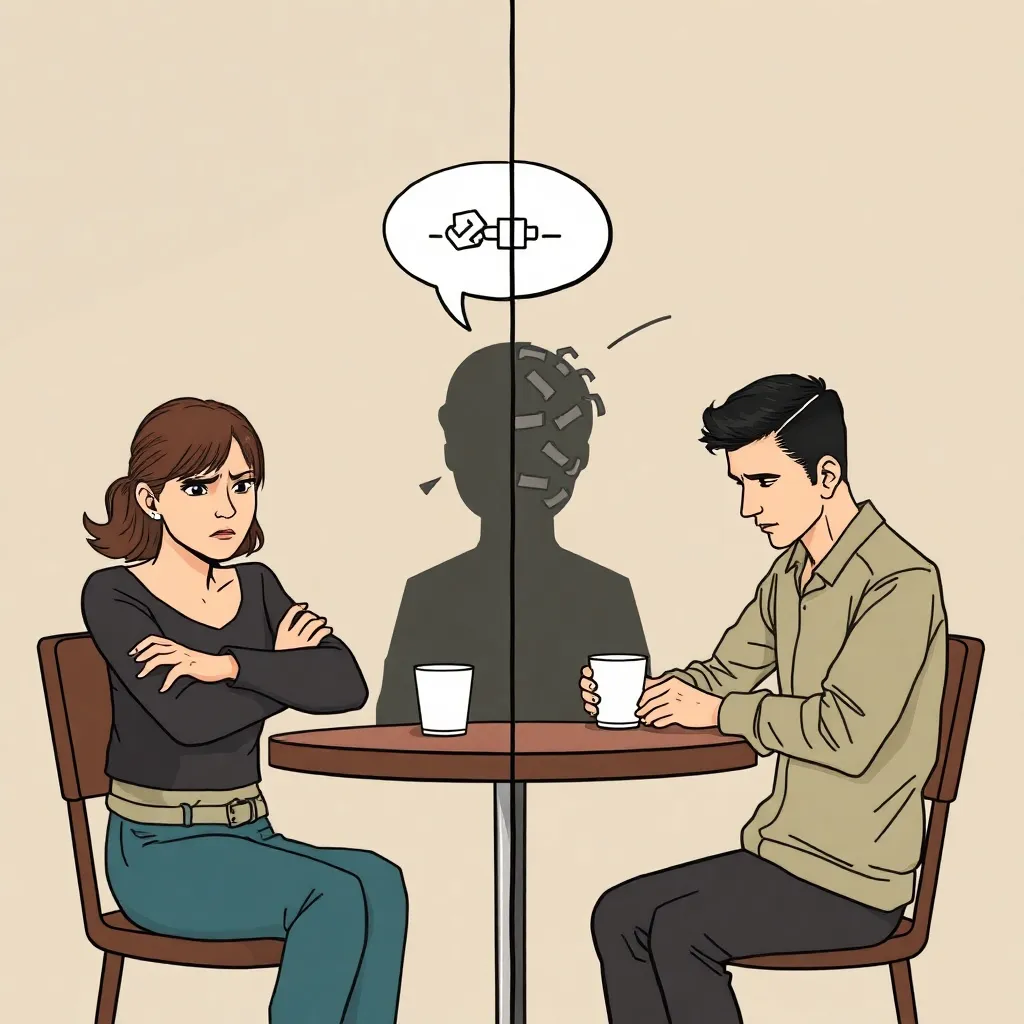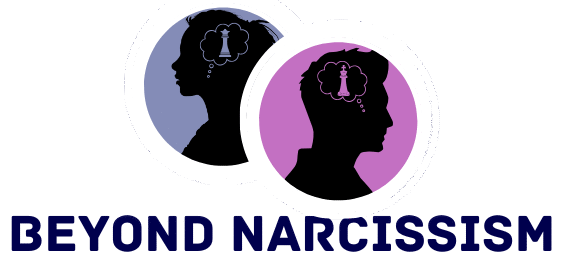In the maze of human relationships, few dynamics are as perplexing and emotionally taxing as emotional triangulation. If you’ve ever felt caught in the crossfire of conflicting loyalties, you’re not alone, and this article will guide you through understanding and addressing this complex issue. Emotional triangulation can leave you feeling trapped, misunderstood, and powerless, yet recognizing its signs is the first step toward reclaiming your emotional well-being. Understanding the intricacies of this dynamic can help you transform confusion into clarity and strength.
The importance of exposing emotional triangulation lies in its subtle ability to erode trust and communication within relationships. By delving into this topic, you’re equipping yourself with the tools to protect and nurture your emotional health. This article will unravel what emotional triangulation looks like and how it can manifest in various relationships, from family to friendships and romantic partnerships. You’ll discover strategies to identify triangulation and practical steps to address and prevent it, fostering healthier, more direct communication.
Through this exploration, we aim to empower you with insights and practical advice to navigate and dismantle these challenging dynamics. Emotional triangulation doesn’t have to dictate the course of your relationships, and with awareness and action, you can cultivate more genuine and supportive connections. As you read on, prepare to gain a deeper understanding of the psychological underpinnings of triangulation and the confidence to address it effectively. Together, we’ll embark on a journey to transform and enhance the quality of your relationships.
1. Defining Emotional Triangulation

In the journey of love, understanding the dynamics of **emotional triangulation** can be crucial. This often complex pattern involves a third party who disrupts the intimacy between two people, leading to confusion and misunderstanding.
Consider a scenario where one partner constantly seeks advice from a friend rather than discussing issues directly with their significant other. This can create a **triangular relationship** that undermines direct communication and breeds mistrust.
Experts suggest that emotional triangulation often arises from a desire to avoid confrontation or from an inability to cope with direct emotional exchanges. This behavior can leave individuals feeling **isolated and misunderstood**, as their concerns are not addressed in the relationship.
To address emotional triangulation, it’s essential to foster open and honest communication. Encouraging partners to express themselves directly can help break the cycle and build a stronger, more resilient connection.
2. Recognizing the Hidden Dynamics

Emotional triangulation often operates in the shadows, hidden beneath layers of seemingly innocent interactions. Recognizing these underlying dynamics is crucial for addressing the root cause of relational discord. Imagine a scenario where a friend consistently shares personal grievances about another friend, subtly drawing you into taking sides. This is a classic example of triangulation, where one person seeks validation from a third party rather than directly addressing their issues.
In many relationships, especially familial or romantic, the triangulation is not always intentional. It can manifest when one partner feels unheard and turns to a friend for solace, unwittingly creating a divide. To identify if you are caught in such a dynamic, observe if you often find yourself mediating conflicts that don’t directly involve you. Noticing these patterns can lead to a healthier approach, where open communication is encouraged over triangulation.
Experts suggest that triangulation can arise from a desire for security and attention, often stemming from deeper interpersonal insecurities. Relationship coach Dr. Emily Stone emphasizes the importance of addressing these insecurities directly with the involved parties. This proactive approach not only fosters understanding but also fortifies the trust and transparency in the relationship. When the dynamics are laid bare, individuals are empowered to break the cycle of triangulation.
Understanding these hidden dynamics can lead to more authentic connections, devoid of unnecessary complications. By recognizing and addressing emotional triangulation, relationships can evolve into more supportive and resilient bonds. Embracing this awareness allows for more meaningful interactions, paving the way for genuine emotional intimacy.
3. Confronting the Triangulation Tactics

Understanding and confronting the tactics of emotional triangulation requires a gentle yet firm approach. When you find yourself caught in a triangle, it can feel like a complex puzzle, but acknowledging the manipulation is the first step towards clarity.
Engaging in an open dialogue with the person initiating the triangulation can be challenging, yet it is essential to address the issue directly. Express your feelings calmly and clearly, focusing on how the dynamics affect your relationship.
In a scenario where a partner is pitting you against a friend, for example, it’s crucial to set boundaries. Prioritize honest communication, and refuse to be drawn into divisive situations designed to create friction.
Experts suggest seeking support from a neutral third party, such as a therapist, to help mediate and navigate these conversations. Their objective perspective can facilitate a healthier discussion and promote mutual understanding.
Ultimately, addressing emotional triangulation with empathy and resolve can strengthen your relationships. By tackling these tactics head-on, you pave the way for more authentic and supportive connections.
4. Consequences of Bringing It to Light

Bringing emotional triangulation to light can significantly alter the dynamics of a relationship. When one person exposes the triangulation, the initial reaction might be one of defensiveness or disbelief from the involved parties.
In a real-world scenario, imagine a partner who feels left out because their significant other often involves a third party in their conflicts. When they finally voice their discomfort, it may lead to an uncomfortable confrontation but also open up a path to healthier communication.
Such revelations often lead to a period of tension, as the relationship adjusts to the new reality of transparency. However, this discomfort can evolve into a more honest and respectful interaction if both parties are willing to work through it.
Experts suggest that addressing emotional triangulation can help foster long-term trust and intimacy. Dr. Elaine Aron, a relationship psychologist, notes that “exposing these dynamics creates a fertile ground for authentic connection and growth.”
Ultimately, the exposure of triangulation can lead to a healthier relationship if handled with care and understanding. By prioritizing open dialogue and mutual respect, couples can transform a challenging situation into an opportunity for deeper connection.
5. Strategies for Healing Relationships

When the veil of emotional triangulation is lifted, the journey toward healing can begin. Couples often find themselves at a crossroads, needing to rebuild trust and understanding in their relationship. In many real-world scenarios, partners have successfully navigated this path by committing to open dialogues. By sharing their feelings and perspectives honestly, they lay the groundwork for a stronger, more resilient bond.
One effective strategy is to establish clear boundaries and expectations moving forward. This not only prevents future misunderstandings but also reinforces a sense of security within the relationship. For example, a couple might agree to regular check-ins to ensure both partners feel heard and valued. This proactive approach helps in addressing potential issues before they escalate.
Seeking the guidance of a professional can also be incredibly beneficial. Therapists or relationship coaches provide a safe space for couples to explore the root causes of their issues and develop personalized strategies for healing. Incorporating expert insights can offer new perspectives and tools tailored to the couple’s unique situation, empowering them to navigate challenges more effectively.
Ultimately, the journey of healing a relationship impacted by emotional triangulation is deeply personal. It requires a balance of patience, understanding, and commitment to change. As couples learn to support each other’s growth, they often discover newfound strength and unity. This process not only mends past wounds but also fortifies the relationship for future challenges, offering hope and renewal.
Conclusion: Creating Beautiful Outdoor Spaces
In exploring the intricate dynamics of emotional triangulation, we’ve uncovered five pivotal concepts: recognizing the signs of triangulation, understanding its impact on trust and communication, the importance of setting boundaries, strategies for direct communication, and fostering emotional independence. These insights empower you to dismantle unhealthy patterns and cultivate more honest, resilient relationships.
As an immediate step, consider having a candid conversation with your partner or loved ones about any instances of triangulation you may have noticed. This open dialogue is crucial in fostering understanding and rebuilding trust.
To keep these essential strategies at your fingertips, I encourage you to save or bookmark this article. It can serve as a valuable resource as you navigate and strengthen your relationships.
Remember, the journey to relationship success is ongoing. By actively applying these insights, you’re not just resolving current challenges but also laying the groundwork for a future filled with stronger, more fulfilling connections. Embrace this opportunity to grow and nurture your relationships with intention and care.
